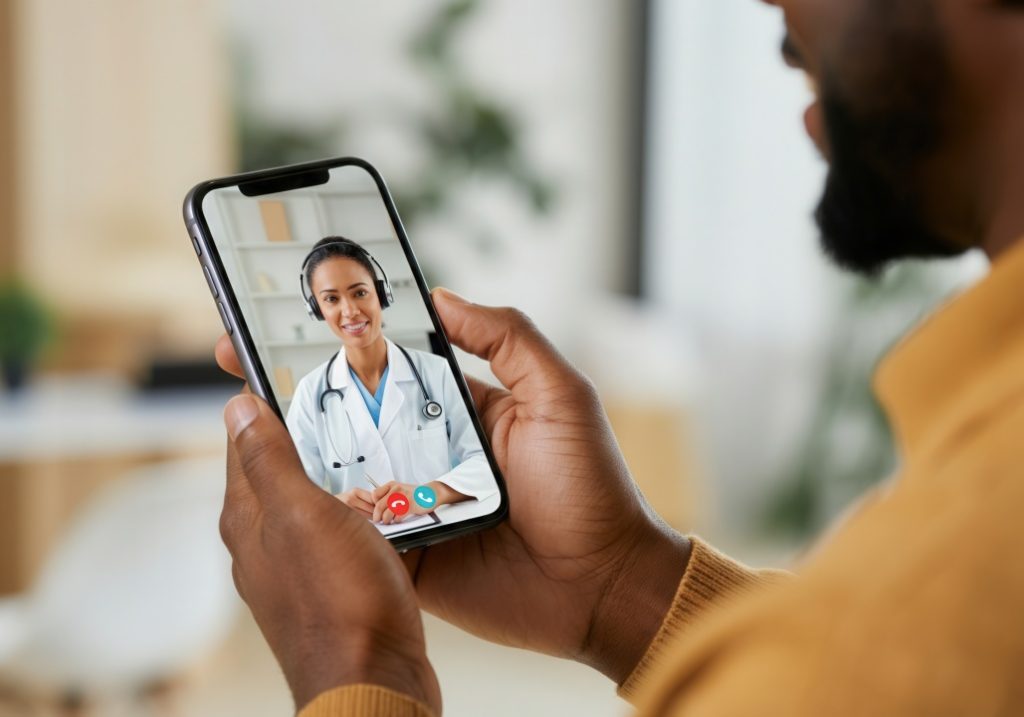Relying on centers or ERs when your children have symptoms like rashes or fevers in the middle of the night is what most people often do before the digital innovations in medicine, when this was ordinary. Now, there is an even better way that begins with virtual urgent care, which is more effective in responding to unpredictable health issues.
A New Dawn for Family Healthcare Access
Today’s families need to perform a diverse range of tasks at a single time, and so when someone falls ill, they still have to deal with all other issues, from scheduling to even getting a transport, and the worry that a hospital waiting room could simply be spreading even more diseases. The availability of online urgent care medicine has turned out to be very helpful, as it does not interfere with a normal family schedule.
Rather recently, parents have gained the ability to seek professional medical opinion for children, even while the kids are too young to understand school and the things they are missing out on. This service is also rendered to those who wish to obtain the services at night, with urgent care services that operate throughout the night. Participating in such services helps alleviate the unease of wearing over a child who falls ill at night.
Comprehensive Care Through Digital Channels
Today’s virtual urgent care services handle an impressive range of common conditions that previously required in-person visits. Through simple messaging or video consultations starting at just $29, families can receive treatment plans for over 30 common ailments. The scope encompasses everything from seasonal allergies and minor infections to skin conditions and routine medication management.
For parents, this means addressing their children’s pink eye, rashes, or cold symptoms through quick digital consultations. For adults, conditions like urinary tract infections, minor injuries, or respiratory infections can be evaluated promptly, with treatment plans delivered directly to their digital devices.
The process mirrors traditional urgent care workflows but eliminates the physical limitations. After selecting a specific health concern, patients answer targeted questions about their symptoms, then connect with qualified providers through their preferred communication channel – either messaging or video consultation. If appropriate, prescriptions are sent directly to the patient’s pharmacy of choice, often ready for pickup by the time they complete their virtual visit.
Financial Transparency and Flexibility
Another revolutionary aspect of virtual urgent care is its straightforward financial approach. Unlike traditional urgent care with its variable and often surprising bills, virtual platforms offer clear, upfront pricing. With consultations starting at $29 for messaging visits and $49 for video interactions, families can make informed decisions about their healthcare spending.
While insurance isn’t accepted for the consultations themselves, many services allow patients to use FSA/HSA cards for payment, and prescribed medications can still be processed through insurance at the pharmacy. This transparency empowers families to manage healthcare costs more effectively while still accessing professional medical guidance.
The Human Connection in Digital Care
Despite its technological foundation, virtual urgent care maintains the crucial human connection between provider and patient. Most services include extended follow-up periods – typically 14 days of unlimited messaging with providers – ensuring patients can ask questions about their treatment plans or report concerns about their medications.
This ongoing communication bridges the gap between the convenience of digital platforms and the reassurance of traditional medical relationships. For families navigating childhood illnesses or managing multiple health concerns simultaneously, this extended support provides valuable peace of mind throughout the recovery process.
The Future of Family Healthcare
Harnessing the innovations in telemedicine, it’s pertinent to be aware of this innovation as it helps include in a family’s health care practices, rather than being a formal mode of medical treatment. These platforms contain tens of disciplines where doctor-patient consultations, treatment management, and specially developed apps are available.
Caroline is doing her graduation in IT from the University of South California but keens to work as a freelance blogger. She loves to write on the latest information about IoT, technology, and business. She has innovative ideas and shares her experience with her readers.






